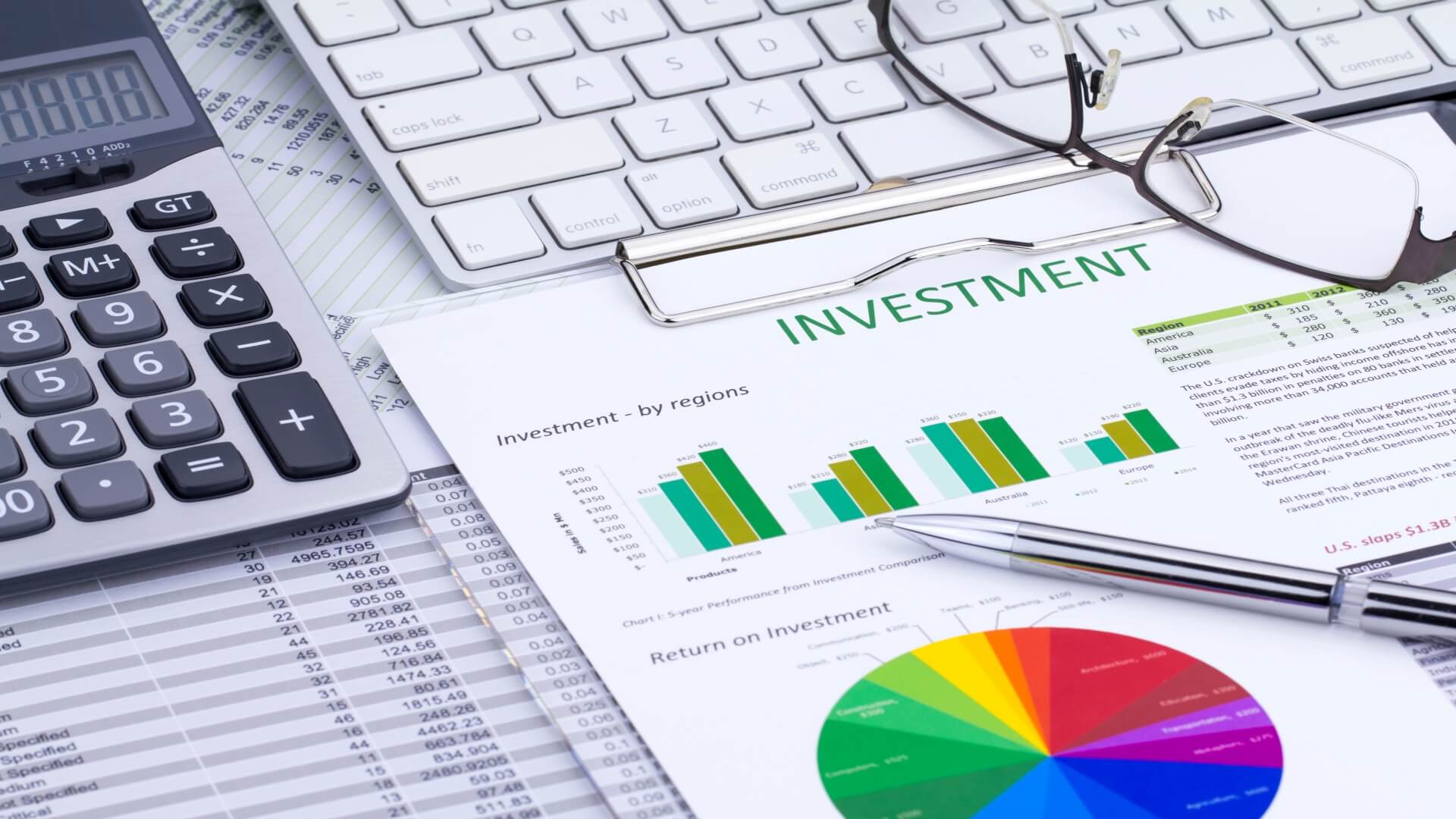What Does the Ideal Investment Look Like for Your Business?
There’s no doubt that investor sentiment is declining at present, against the backdrop of rampant global inflation and a strained macroeconomic climate.
This is even true in the US, where the economy and the dollar have fared better than
most in the fight against inflation. Currently, just 18.07% of American investors are bullish, compared to 21.92% last week and 43.43% last year.
While this suggests that some investors may be looking to exit the market, others will simply be more selective about the investments that they target. So, what should you look for in the ideal investment?
So, What Comprises the Ideal Investment?
The financial market is packed full of a diverse range of assets and instruments, none of which have been created equal.
Markets like forex can be navigated through investment vehicles like spread betting, for example, whereas stocks can be speculated on or secured as so-called “buy-and-hold” investments.
In this respect, there’s no such thing as the ‘ideal’ investment, especially as it’s impossible to accurately predict a stock’s outcome or completely circumnavigate the risks involved with chasing optimal returns.
Instead, the key lies in successfully timing your investments, particularly in line with your wider investment strategy and the timeframes in which you’d like to see a return.
Make no mistake; timing your investments can help to simultaneously minimise your exposure to risk and optimise returns while enabling you to identify opportunities that may otherwise pass you by.
What Are the Best Options for Formulating the Ideal Investment?
If we accept that timing and your appetite for risk are key, the question that remains is what are the best investment options available? Here are some options depending on your trading philosophy:
#1. For the Risk-Averse – High-Yield Savings Accounts: For those of you who are cautious or
have an aversion to risk, high-yield savings accounts offer the ideal balance between risk and reward. This will deliver a fixed rate of interest on your cash balance or savings, while there’s minimal risk and your returns can be accessed in real-time.
#2.For Moderate Investors: Conversely, those of you with a moderate outlook who are looking for higher returns than traditional banking products or bonds, could invest in S&P 500 index funds. This fund comprises 500 of the largest American companies, including Amazon and the prohibitive price Berkshire
Hathaway.
#3.For Risk Hungry Investors – Nasdaq-100 Funds: Comprising the biggest tech brands in the world, the Nasdaq-100 is highly volatile and capable of delivering significant returns. Including high growth and high yield equities like Apple, Meta Platforms and Microsoft, this option is ideal if you have a healthy risk appetite and are willing to embrace volatility.








